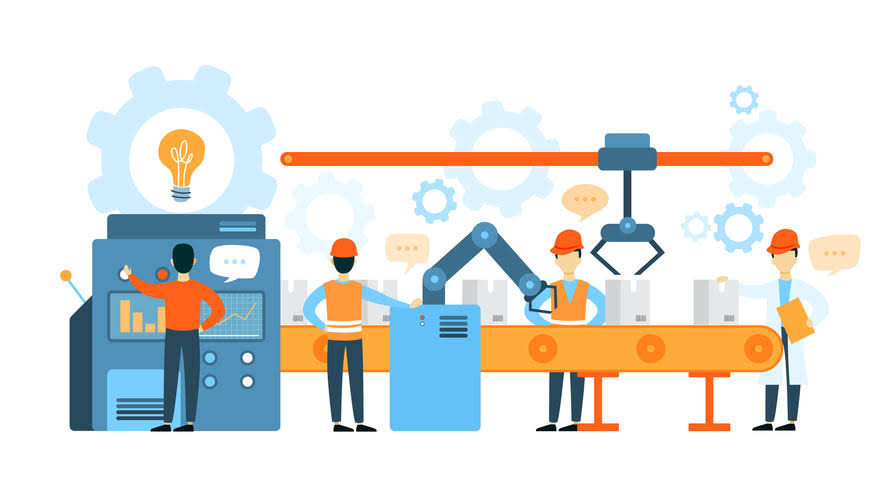
This amount is carried on a company’s financial statement under noncurrent assets. On the other hand, salvage value is an appraised estimate used to factor how much depreciation to calculate. This method requires an estimate for the total units an asset will produce over its useful life. Depreciation expense https://www.bookstime.com/ is then calculated per year based on the number of units produced. This method also calculates depreciation expenses based on the depreciable amount. Not all assets are purchased conveniently at the beginning of the accounting year, which can make the calculation of depreciation more complicated.
- The balance of the book value is eventually reduced to the asset’s salvage value after the last depreciation period.
- Used cars are generally sold as is, meaning you understand there could be known and unknown issues.
- If there is a decrease in the salvage value, depreciation expense will increase and vice versa.
- The salvage value calculator cars and vehicles is useful when you are suspicious about the price of the car while including the depreciation of the asset.
- Annual straight line depreciation for the refrigerator is $1,500 ($10,500 depreciable value ÷ seven-year useful life).
- Generally Accepted Accounting Principles (GAAP) require accrual accounting method businesses to depreciate, or slowly expense over time, fixed assets instead of booking one expense on the purchase date.
- One of the first things you should do after purchasing a depreciable asset is to create a depreciation schedule.
What Is the Double-Declining Balance (DDB) Depreciation Method?
A company may elect to use one depreciation method over another in order to gain tax or cash flow advantages. Most businesses opt for the straight-line method, which recognizes a uniform depreciation expense over the asset’s useful life. However, you may choose a depreciation method that roughly matches how the item loses value over time. When businesses buy fixed assets — machinery, cars, or other equipment that lasts more than one year — you need to consider its salvage value, also called its residual value. Straight line depreciation is generally the most basic depreciation method. It includes equal depreciation expenses each year throughout the entire useful life until the entire asset is depreciated to its salvage value.
- The salvage value is used to calculate year-to-year depreciation amounts on tangible assets and the corresponding tax deductions that a company is allowed to take for the depreciation of such assets.
- If the asset is sold for less than its book value then the difference in cost will be recorded as the loss of the tax values.
- The salvage value of a business asset is the amount of money that the asset can be sold or scrapped for at the end of its useful life.
- It is the value a company expects in return for selling or sharing the asset at the end of its life.
- An example of this is the difference between the initial purchase price of a brand new business vehicle versus the amount it sells for scrap metal after being totaled or driven 100,000 miles.
- This means that of the $250,000 the company paid, the company expects to recover $40,000 at the end of the useful life.
How does the age of a vehicle affect its salvage value?
Depending on different accounting rules, depreciation on assets that begins in the middle of a fiscal year can be treated differently. One method is called partial year depreciation, where depreciation is calculated exactly at when assets start service. Simply select “Yes” as an input in order to what is salvage cost use partial year depreciation when using the calculator. In addition to straight line depreciation, there are also other methods of calculating depreciation of an asset. Different methods of asset depreciation are used to more accurately reflect the depreciation and current value of an asset.
Methods of Depreciation

Simply put, when we deduct the depreciation of the machinery from its original cost, we get the salvage value. Depreciation is an essential measurement because it is frequently tax-deductible. Salvage value is a critical concept in accounting and financial planning, representing the estimated residual value of an asset at the end of its useful life. DDB is ideal for assets that very rapidly lose their values or quickly become obsolete. This may be true with certain computer equipment, mobile devices, and other high-tech items, which are generally useful earlier on but become less so as newer models are brought to market. These vehicles are priced significantly below market — typically 20% to 40% less, according to Kelley Blue Book — so it’s possible to find great deals.
Fixed Asset Salvage Value Calculation Example (PP&E)
It exhibits the value the company expects from selling the asset at the end of its useful life. With a large number of manufacturing businesses relying on their machinery for sustained productivity, it is imperative to keep assessing the equipment they own. Constant use and other factors like the nature and quality of these assets cause a continual deterioration. Book value and salvage value are two different measures of value that have important differences.
For accounting, in particular, depreciation concerns allocating the cost of an asset over a period of time, usually its useful life. When a company purchases an asset, such as a piece of equipment, such large purchases can skewer the income statement confusingly. Instead of appearing as a sharp jump in the accounting books, this can be smoothed by expensing the asset over its useful life. The double-declining balance depreciation (DDB) method, also known as the reducing balance method, is one of two common methods a business uses to account for the expense of a long-lived asset.
This valuation is determined by many factors, including the asset’s age, condition, rarity, obsolescence, wear and tear, and market demand. The salvage value of a business asset is the amount of money that the asset can be sold or scrapped for at the end of its useful life. Anything your business uses to operate or generate income is considered an asset, with a few exceptions. Both declining balance and DDB require a company to set an initial salvage value to determine the depreciable amount. Each year, the depreciation expense is $10,000 and four years have passed, so the accumulated depreciation to date is $40,000.

How Small Business Accountants Use Salvage Value

Investors use salvage value to determine the fair price of an object, while business owners and tax preparers use it to deduct from their yearly tax liabilities. Another example of how salvage value is used when considering depreciation is when a company goes up for sale. The buyer will want to pay the lowest possible price for the company and will claim higher depreciation of the seller’s assets than the seller would. This is often heavily negotiated because, in industries like manufacturing, the provenance of their assets comprise a major part of their company’s top-line worth. You know you’ve correctly calculated annual straight-line depreciation when the asset’s ending value is the salvage value. In the depreciation schedule above, the refrigerator’s ending book value in year seven is $1,000, the same as the salvage value.
Sustainable Inventory Management Practices for Manufacturing Executives
An asset’s salvage value is its resale price at the end of its useful life. There may be a little nuisance as scrap value may assume the good is not being sold but instead being converted to a raw material. For example, a company may decide it wants to just scrap a company fleet vehicle for $1,000. This $1,000 may also be considered the salvage value, though scrap value is slightly more descriptive of how the company may dispose of the asset. Companies can also get an appraisal of the asset by reaching out to an independent, third-party appraiser.
